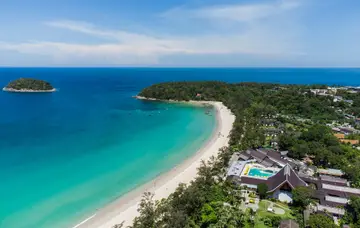
Climate in Bali
Bali, an enchanting island located in Indonesia, is blessed with a tropical climate, characterized by two main seasons: the dry season and the wet season. Each season offers unique experiences and opportunities for travelers. The island's geographical position near the equator ensures a warm climate year-round, but the distinct seasonal variations bring different atmospheric conditions that can enhance your travel experience depending on your interests.
The tropical climate also means that Bali has high humidity levels, particularly during the wet season. This aspect of the climate can affect the comfort of your travel, especially if you are not accustomed to such conditions. However, the island's lush natural beauty, vibrant traditions, and the warmth of its people make any season a worthwhile time to visit. Understanding these climate nuances can help you pack appropriately and plan activities that align with the weather conditions during your stay.
















